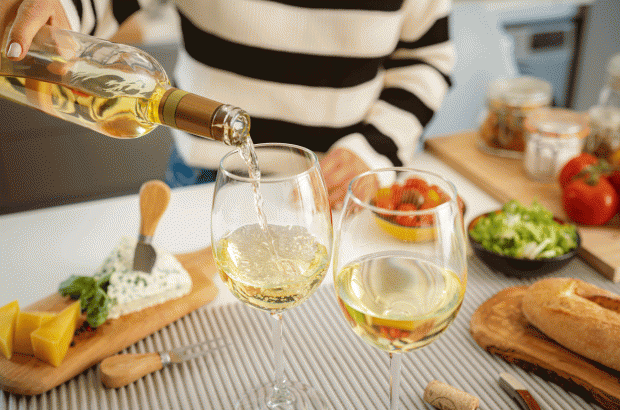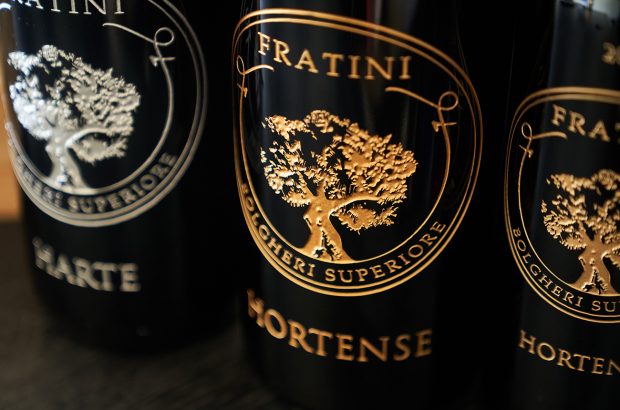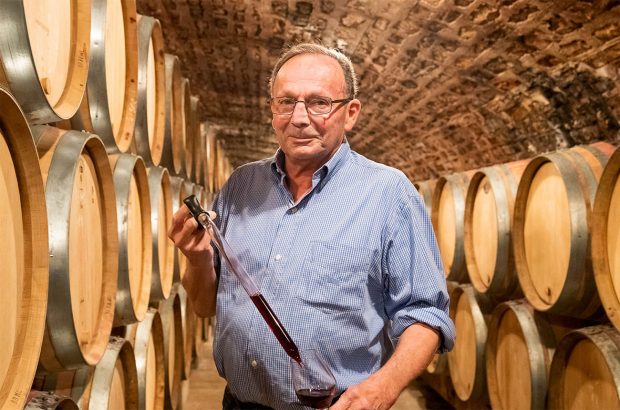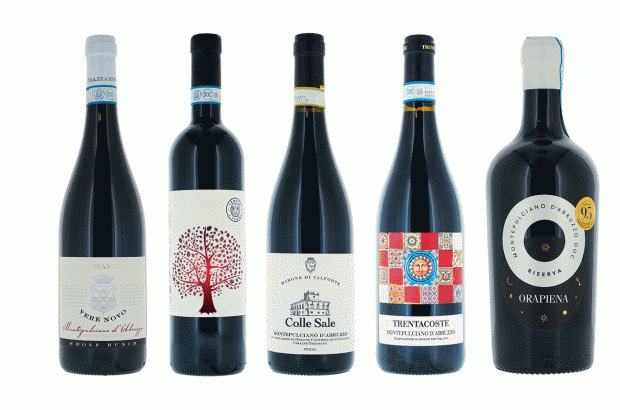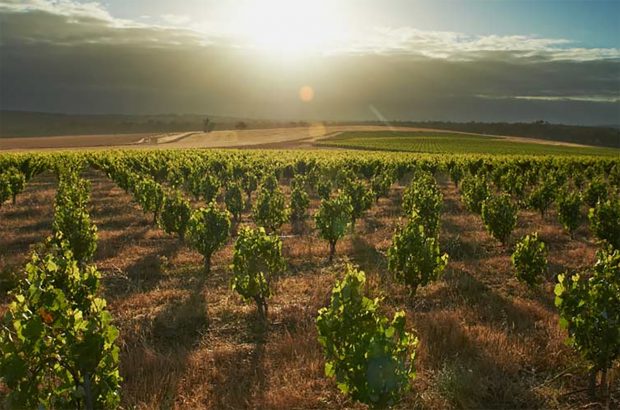Christmas wine advice – at a glance
- Have a few bottles on the table to cater to every taste
- Consider your wine choices for leftovers too – like a cru Beaujolais with the cold cuts.
- Don’t be afraid to serve your better bottles first
- For Christmas parties, consider the food; fizz for canapés, still wines for more substantial foods.
- Remember serving temperatures – don’t let the reds get too warm, or the whites too cold.
For any wine lover, Christmas offers the opportunity to bring out the best bottles in the cellar – but is this the wisest strategy? The truth is that the Christmas meal, with its stuffing, sauces and sides, is a bit of a wine killer – and there may well be family members around your table who would frankly rather be drinking their favourite Chilean Merlot.
Still, it’s your Christmas as well as everyone else’s and if you don’t drink your best bottles on one of the biggest occasions of the year, then when do you drink them? At least that’s how I justify it.
The ideal answer, I think, is to have two or three bottles on the table to cater for every taste. If we’re talking turkey, that should include a white as well as a red. At a Decanter tasting a few years ago we were amazed that a Chassagne-Montrachet stood up as well as the very posh reds we’d lined up, and I’d certainly have a relatively young red alongside a more mature one – not least as back-up if you find a wine is corked or over the hill. Magnums always go down well on the Christmas table and definitely provide the wow factor.
On the table
If you are fielding a special bottle, beef is actually much kinder to a good claret or similar Bordeaux blend than turkey is. Goose, I think, needs something with greater acidity to cut through the fat. I personally like spätlese Riesling, but an Italian red, such as a good Chianti or Brunello, would probably be more what your guests would expect. Veggie options like nut roasts don’t pose too many problems as they’re generally accompanied by the same sort of sides as turkey, so again think in terms of vibrant, Rhône-ish reds.
It’s also worth considering bottles for leftovers – a cru Beaujolais is my favourite with the cold cuts, and by the 27th I’m generally gagging for a Riesling, along with something light, spicy and crunchy.
How to kick off the big day? Well it has to be fizz, really, doesn’t it? Our standard family Christmas fare – both because it was easy to make and the kids liked it – was always smoked salmon open sandwiches. I paired this with a decent bottle of non-vintage Champagne, generally a blanc de blancs.
These days – for those of us living in the UK at least – that might well be English sparkling wine or, for non-drinkers, sparkling tea (Fortnum & Mason does a good one), which is infinitely better than any alcohol-free wine. And if you’re replenishing your glass stocks, I’d strongly suggest investing in some tulip-shaped glassware rather than the ubiquitous flute, which rarely serves to show off any fizz to its best advantage.
Despite the usual argument for saving the best wine for the main course, there is something to be said for serving your more impressive wines first, while your guests are still relatively sober. In my experience, things tend to get progressively messier as the meal wears on. The most disastrous example of that was a Christmas down in the Languedoc a few years ago, when we’d bought some inexpensive Sauvignon Blanc in the local co-op and bottled it in Perrier bottles. On the reasonable assumption that it was water, my helpful son used it to top up the oldies’ whiskies, resulting in a memorable scene with my late mother-in-law’s elderly admirer staggering around the garden asking anyone who would listen why he’d ever got involved with her.
Speaking of alcoholic overload, I’m personally a fan of skipping the Port at the end of the Christmas feast meal. Instead I’d recommend enjoying it on its own with some Stilton or a mince pie later in the day, when you’re feeling slightly less stuffed.
Party pairings
When it comes to parties, it again comes down to what you’re eating. Fizz again for canapés (Cava or crémant is invariably nicer than cheap Prosecco), still wine for more substantial food – bearing in mind that cooked food like a casserole or pie needs a more structured wine (say a decent Rhône or a Languedoc red) than quiche and salads (try a lighter Sauvignon Blanc or a Merlot).
It’s also worth getting in a less expensive red, such as an own-label Corbières or Garnacha, for mulling and cooking with (and pouring down younger and possibly less discriminating members of the family). And if you want to ensure your most treasured wines are not opened accidentally, never utter the fatal words: ‘Can you find me another bottle of red?’ without specifying what that should be. Including the vintage.
Another challenge over Christmas is to prevent your reds getting too warm, especially if you decant them in advance. It’s best to keep them in an unheated room or wherever you normally store them until shortly before you serve them. Whites, on the other hand (especially richer whites such as Chardonnay), are often allowed to get too cold – especially if you’ve been super-organised and put them in the fridge earlier in the day. But don’t forget to chill them, obviously.
See also:
The peril’s of a wine lover’s Christmas
Comment: Should you match the wine to the people?
What can you do with leftover wine? A Decanter guide






